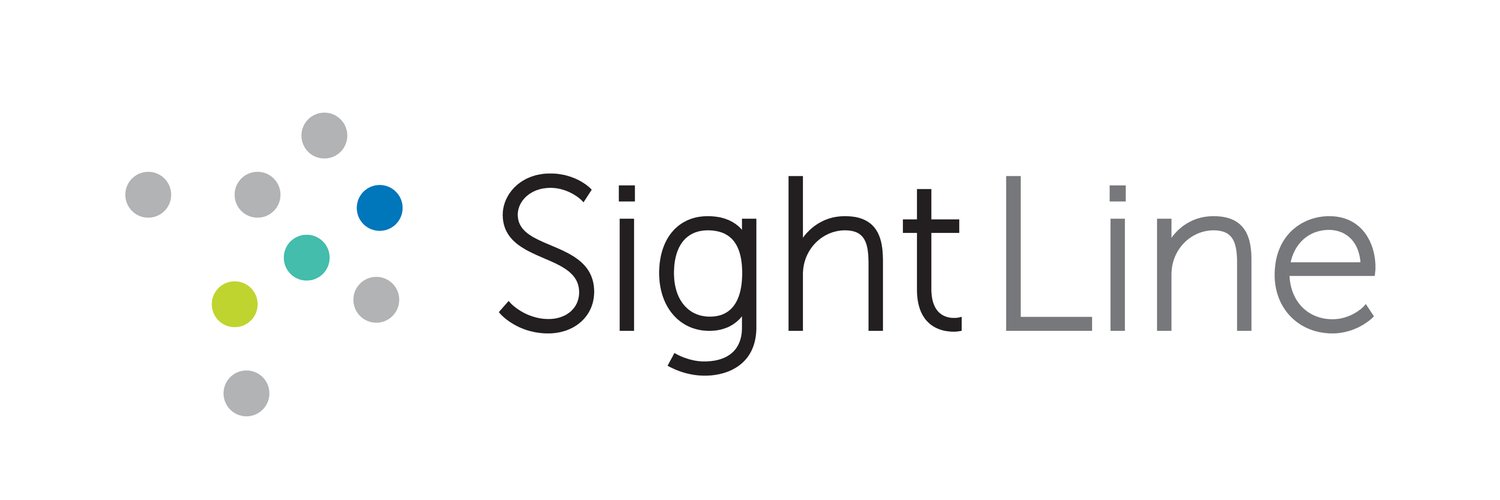Navigating the Storm: Economic Cycles and Demographic Cliffs
Higher education is facing a perfect storm, as various economic factors, demographic shifts, and institutional challenges converge to create a complex landscape for colleges and universities. In this article, we will explore the dynamics of the converging economic cycles, the impending student demographic cliff, and the resulting enrollment and tuition pricing crisis in higher education.
Economic Uncertainty
The higher education sector is closely tied to economic cycles, and the convergence of multiple cycles has created a challenging environment. The aftermath of the global financial crisis, the COVID-19 pandemic, and ongoing technological disruptions have all contributed to economic uncertainty. Job market fluctuations and changing employment patterns influence students' decisions to pursue higher education and impact the financial health of institutions.
The Student Demographic Cliff
One of the most significant challenges facing higher education is the impending demographic cliff. This refers to a decline in the number of traditional college-aged students, resulting from a decrease in birth rates during the Great Recession. As the number of high school graduates decreases, colleges and universities are left vying for a shrinking pool of potential students. This demographic shift requires institutions to adapt their strategies to remain competitive and financially sustainable.
Enrollment Crisis
In part, the convergence of economic cycles and the demographic cliff has led to an enrollment crisis in higher education. Institutions are grappling with increased competition for students. Smaller colleges are feeling the impact as they struggle to maintain enrollment levels necessary for financial viability. This crisis is prompting a reevaluation of traditional recruitment and retention strategies, with a focus on innovation, adaptability, and new ways of engaging with students.
Tuition Pricing Crisis
In response to declining enrollment and financial pressures, many institutions have resorted to increasing tuition. However, this approach is not sustainable in the long run, as students and their families are becoming more cost-conscious. The rising cost of education coupled with economic uncertainty has led to a growing skepticism about the return on investment in a college degree. Institutions must find ways to balance their budgets without overburdening students with exorbitant tuition rates.
Adapting to Change
To navigate this perfect storm, higher education institutions must be proactive in adapting to the evolving landscape. Collaboration between academia and industry, the development of flexible and relevant curricula, and the incorporation of online and hybrid learning models are essential components of this adaptation. Additionally, institutions must invest in targeted marketing and recruitment efforts to attract a diverse student body and that appeal to new generations of students with new mindsets.
Government Policy and Interventions
Government support and policy intervention are also crucial in addressing the challenges faced by higher education. Incentives for institutions that prioritize affordability, accessibility, price transparency, and the development of policies that encourage innovation in education are all potential avenues for policy-based guidance.
Conclusion
The convergence of economic cycles, the student demographic cliff, and the resulting enrollment and tuition pricing crisis pose significant challenges to higher education. However with strategic planning, innovation, and collaboration, institutions can weather the storm and emerge stronger on the other side. As the landscape continues to evolve, higher education must prioritize adaptability and student-centric approaches to remain relevant and sustainable in the face of these interconnected challenges.
Contact us to learn more about how our suite of analyses and strategy planning solutions can help your institution adapt to the many changes taking over the education landscape.
